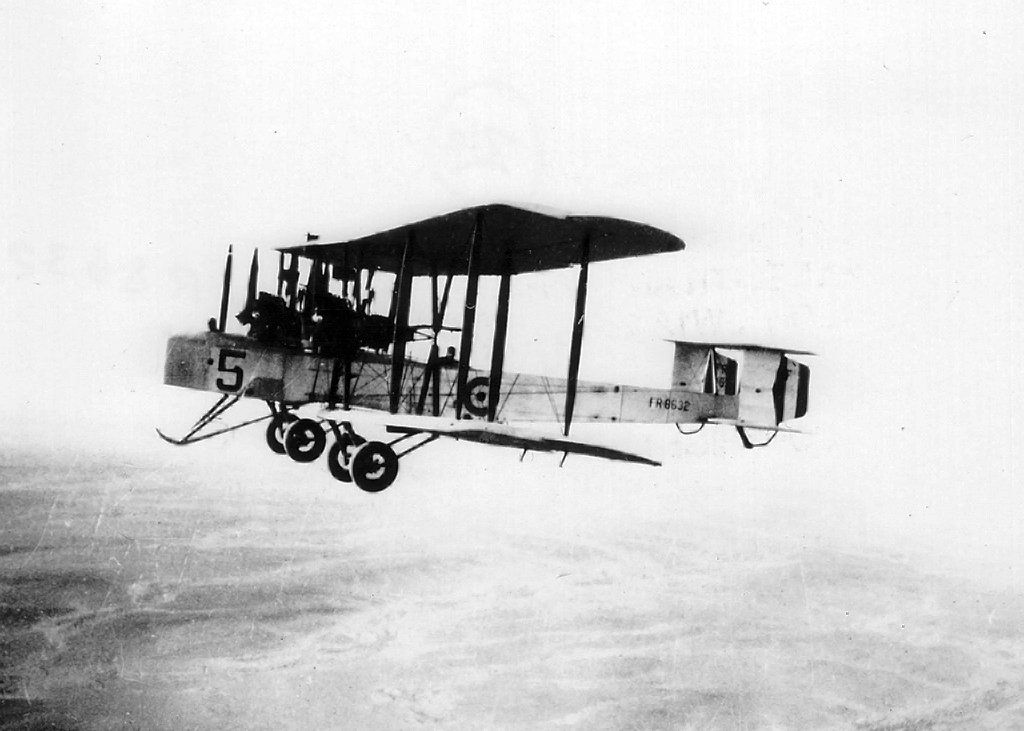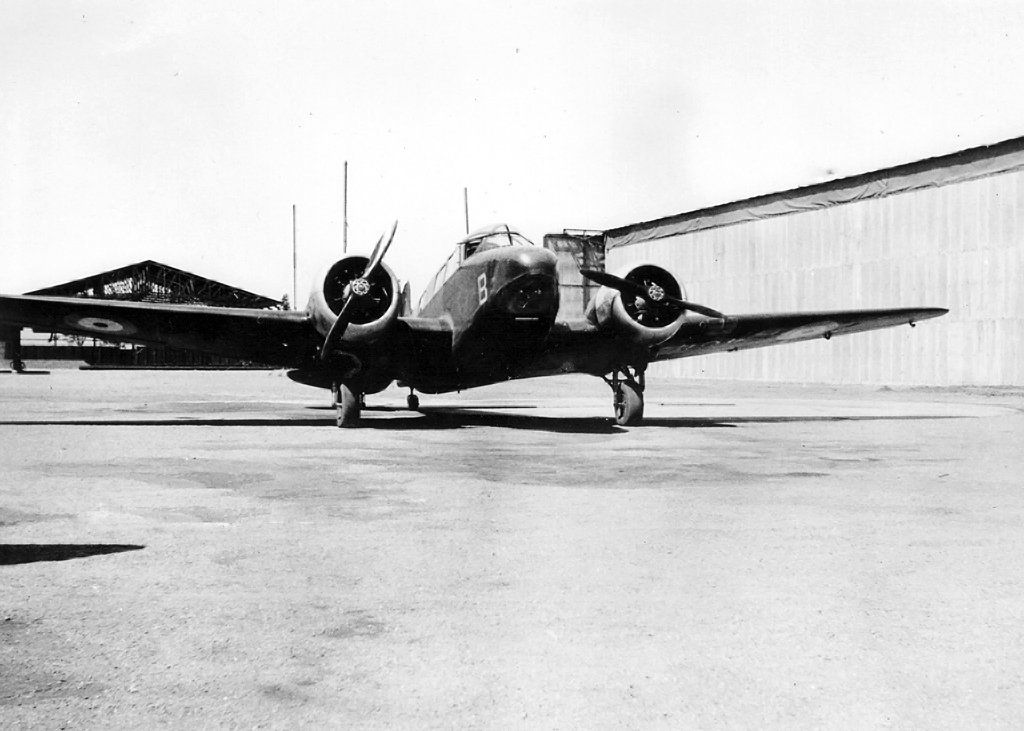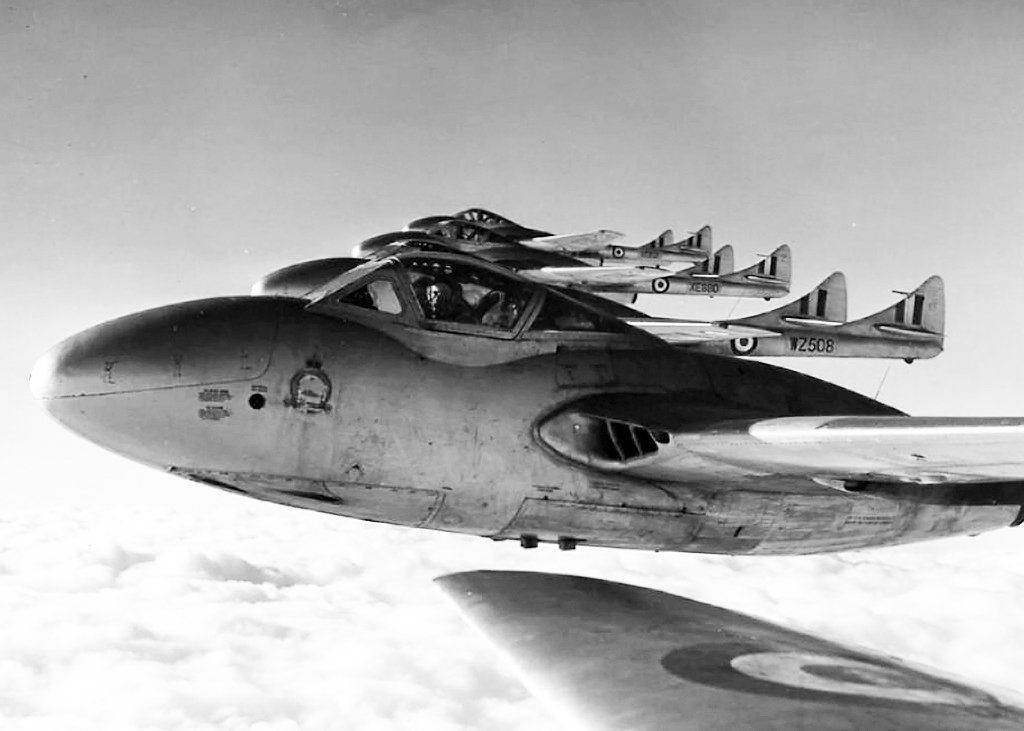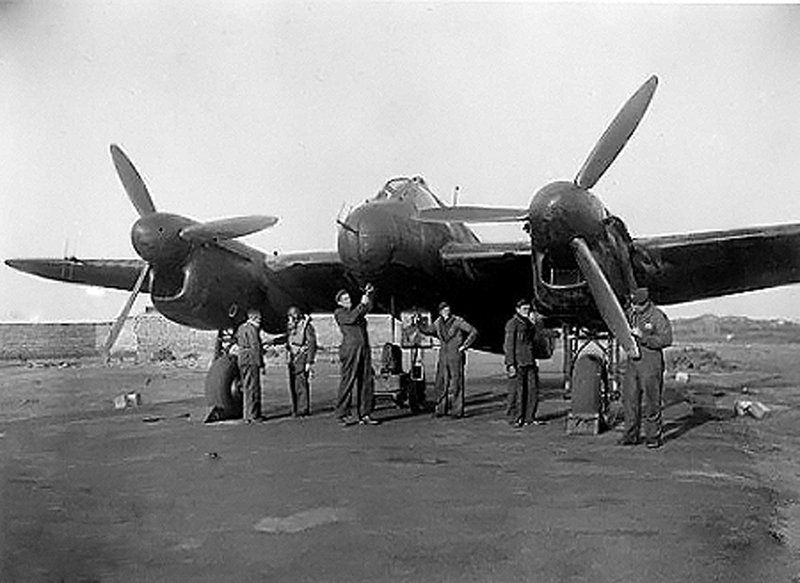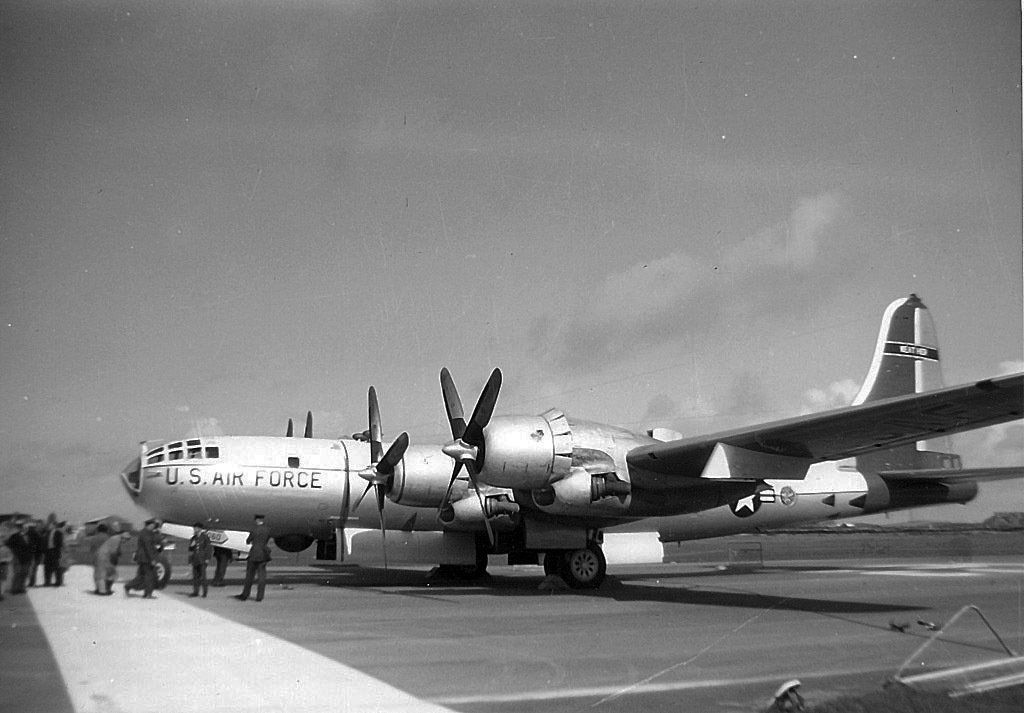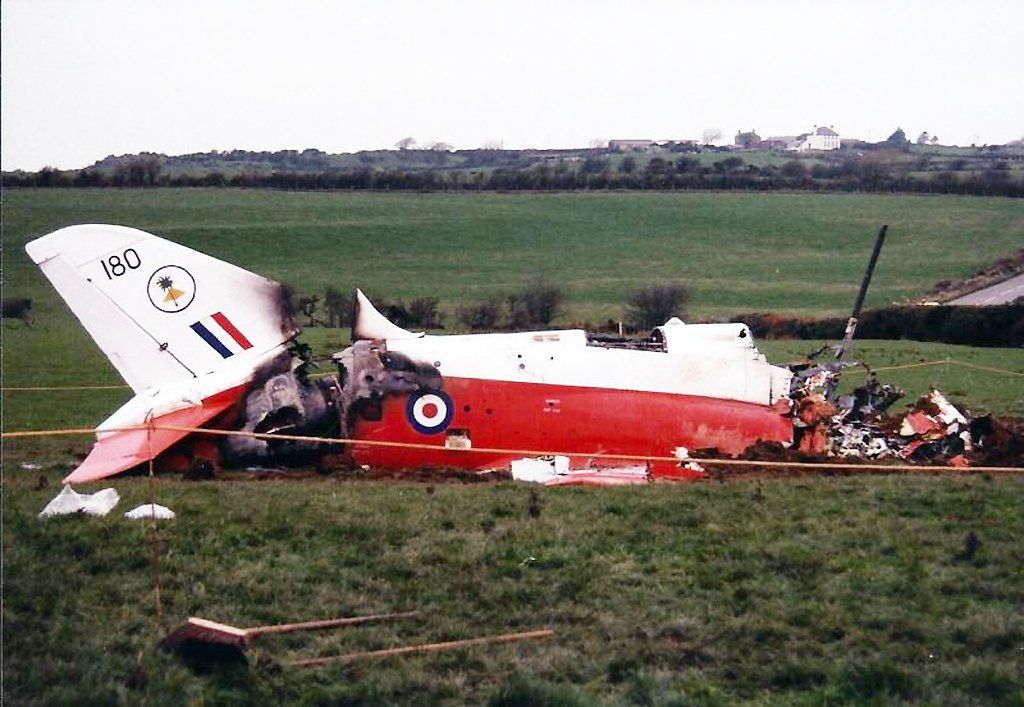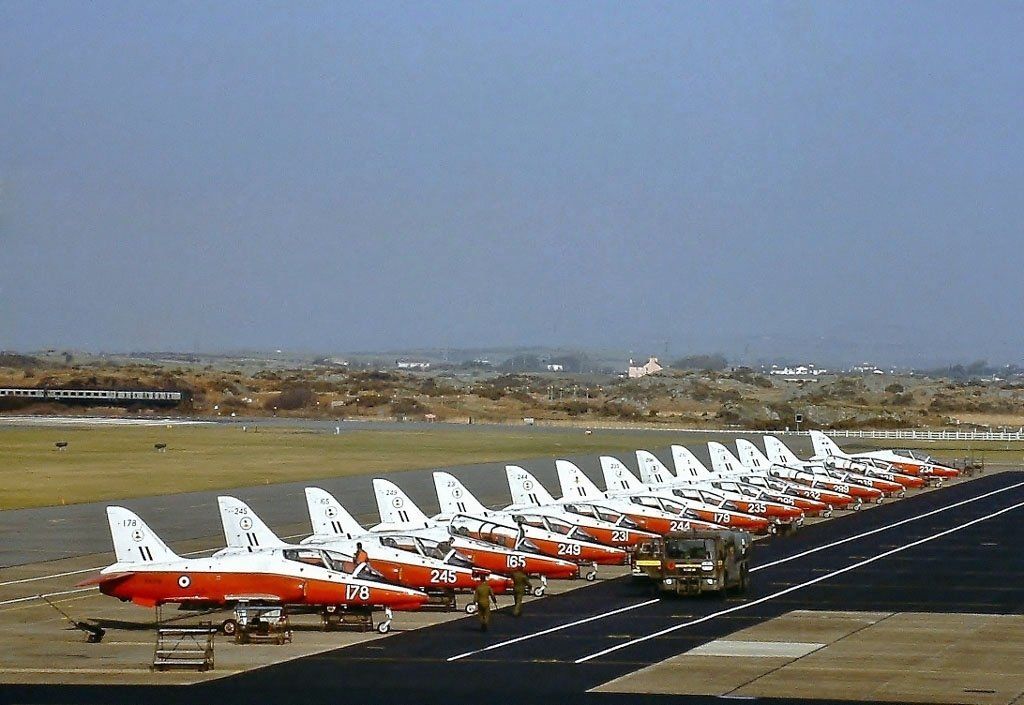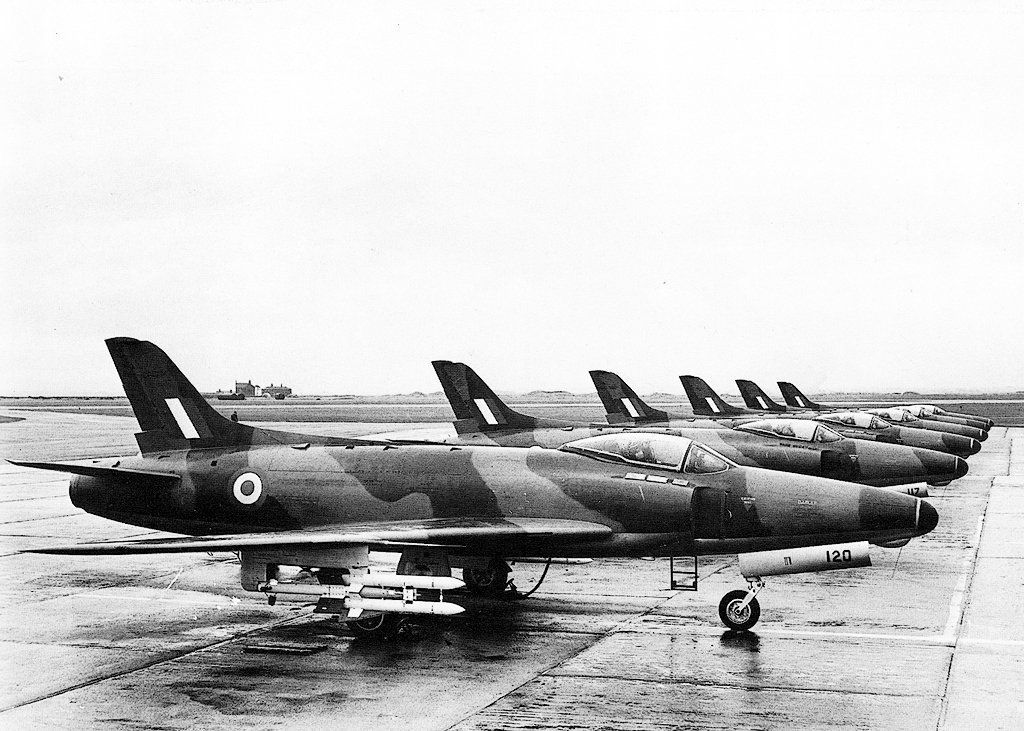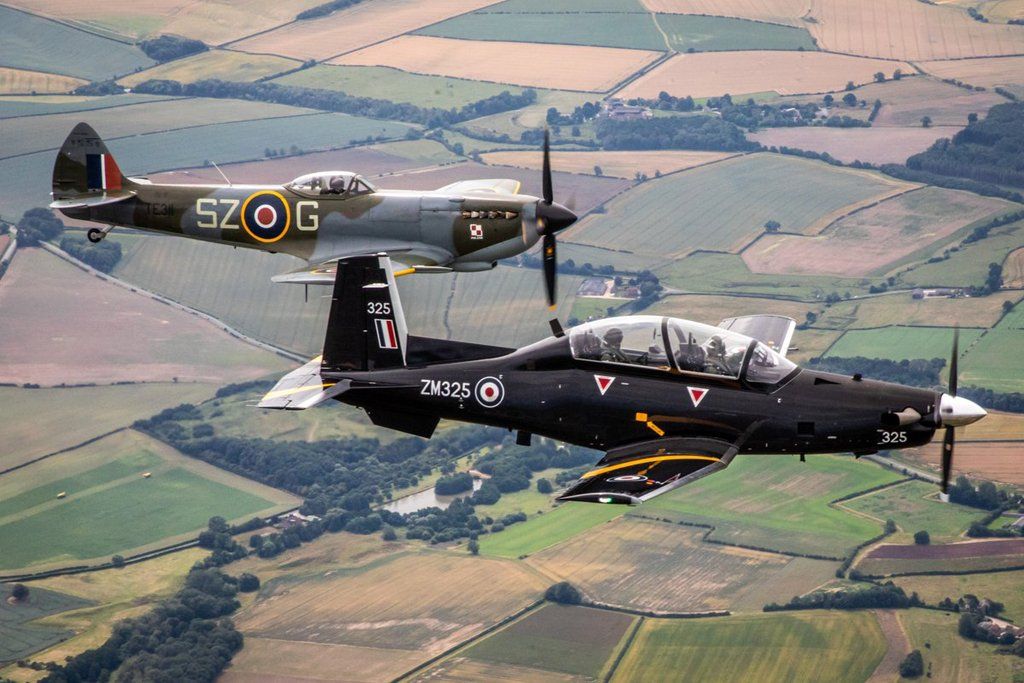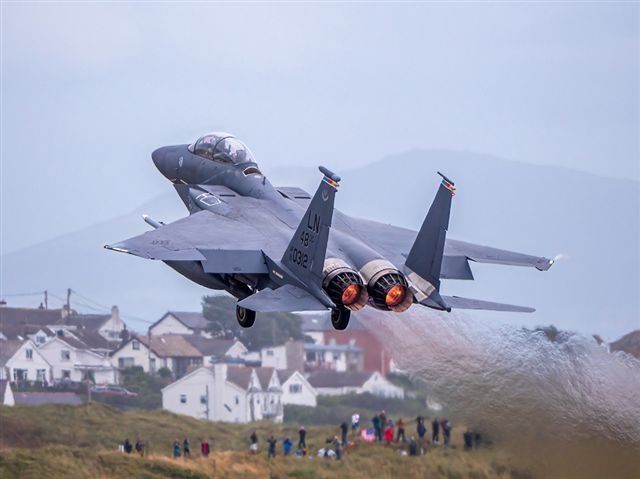No 4 FLYING TRAINING SCHOOL
Dennis Pritchard • 7 April 2021
No 4 FLYING TRAINING SCHOOL
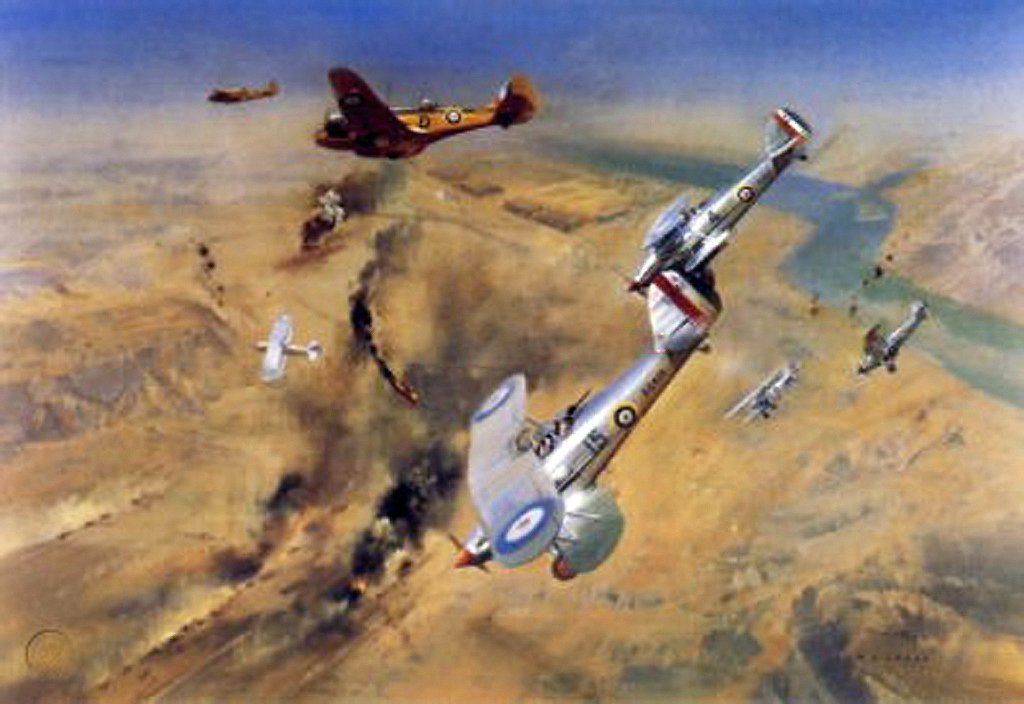
1 April, 2021 marked the centenary for No 4 Flying Training School, which was first established at RAF Sueir, Egypt on the same date in 1921.
Initially equipped with Avro 504s, its primary function was developed to provide flying training for Middle East Command, covering all aspects, including army cooperation and was to be further equipped with the Bristol Fighter, together with DH 9s and even a few Vickers Vimy bombers and would be training an average of 80 students per annum.
By 1935, an RAF Expansion Programme had been conceived with the intention of increasing first line strength from 52 to 72 squadrons. By 1940 the target was increased to 128. As a result No 4 FTS was to be modernised with the introduction of Avro Tutors and Audaxes, while basic flying training was transferred to the U.K., leaving the school to provide advanced flying training using a mix of 65 Audaxes and Harts plus 4 Tutors. The course length was then reduced to six months, with 48 students arriving every three months with the graduates being then posted directly to operational squadrons.
It is believed that in 1938, No 4 Flying Training School’s badge was authorised in 1938 by HRH King George IV, accompanied with the Latin motto “E Sabulo ad Sidera” translated as “From Sand to the Stars”. However, two days before the outbreak of World War II, the school had moved to RAF Habbaniya, Iraq on September 1, 1939, which was located 55 miles from Baghdad and adjacent to the River Euphrates.
Because of the obvious travel difficulties to and from the U.K., students with suitable basic flying skills of at least 25 hours began arriving from Egypt, Rhodesia, India, French colonies and Greece. Upon graduation, the pilots would then be sent directly either to squadrons or to RAF Abu Sueir for further training.
By February 1940, the school’s title was amended to No 4 Service Flying Training School, with a greater emphasis on instructing observers and air gunners. Accordingly, Fairey Gordons and Airspeed Oxfords were added to the inventory and by July, Gloster Gladiators arrived to reinforce the airfield’s defence posture.
In the meantime, Rommel had launched a fierce attack on British forces in Libya and had succeeded in pushing the British back to Egypt. British intelligence was then to report that Hitler was planning to invade Syria and Iraq with the intention of capturing the Gulf oilfields and progress towards the Suez Canal, thus surrounding the beleaguered British forces.
As a result, plans were put in place to quickly transform the school into an improvised and makeshift operational fighting unit, whilst British troops would be dispatched to the Persian Gulf to protect the vital oil supplies.
On April 3, 1941 the revolutionary Iraqi Army, led by Raschid Ali and with the support of the Nazis had seized power in Baghdad as the Iraqi ruler Emir Abdullah Illah and his family had quickly fled to Habbaniya, where they were flown out the 30 miles to Basra to board HMS Cockshafer. Accordingly, all available aircraft had been armed in anticipation of an attack and duly designated as the Habbaniyah Air Striking Force. With only 37 qualified instructor pilots, together with the more qualified students and some volunteer airmen acting as observers and air gunners, the relatively small band was facing a most daunting task!
THE FIRST GULF WAR, INCLUDING THE BATTLE OF HABBANIYA, MAY 1941
On 30 April, 5,000 Iraqi troops, supported by artillery and tanks had amassed on a plateau to the south, overlooking the airfield and were to be assisted by the Iraqi Air Force. On May 2, operations began with strafing and bombing of the enemy, while anti-aircraft fire and shelling of the airfield had commenced.
On the first day, 9 Gladiators were available together with 26 Oxfords, 8 Gordons, 30 Audaxes and 1 Blenheim bomber and resulted in the loss of 22 aircraft with ten dead or critically injured. The battle was to continue by day and night until 6 May, with assistance by Wellington bombers of No 37 and No 70 Squadrons, based at Basra. This was to result in a total of 13 having been killed, together with 21 others sustaining serious injuries.
During the five days of operations, the defending aircraft had flown 647 sorties, dropping 50 tons of bombs and expending over 116,000 rounds of ammunition. Bearing in mind that the Audaxes and Gordons could carry two 250lb bombs, the Oxfords were loaded with eight 20 pounders attached to makeshift shackles under their wings.
During the night, it was discovered that the rebel army were departing and heading back towards Baghdad. The following day, aircraft were subsequently launched to harass their retreat, while British troops were advancing towards the Gulf.
In the meantime, the Luftwaffe, supported by the Italians had reached Mosul from Greece via Syria. On May 12, Habbaniya aircraft flew the 200 miles to attack Mosul. In response, on May 16, He 111s and Me 110s raided Habbaniya, with a Gladiator shooting down a He 111 and losing an Audax to a Me 110.
In support of the advancing British troops, on May 20, Habbaniya based Gladiators and Hurricanes duelled with four Me 110s over Fallujah. The intense fighting was to continue, which had involved not only the Iraqi Air Force supported by the Germans and Italians. However, on 31 May, Baghdad was finally recaptured and the rebel remnants were to flee to Persia with Emir Abdulla Illah, finally being reinstated.
As a result the Germans and Italians had absconded to Syria. Soon after, Hitler gave up on his intentions to capture the Middle East, as he was to concentrate his efforts on invading Soviet Russia. Marshall of the Royal Air Force, Lord Teddar later stated, “If the School had been overcome, the Germans would have had a threshold in Iraq……We might have lost the War!”
Soon after and ironically, No 4 FTS was to be disbanded on I July, 1941 before being resurrected at RAF Heany, Rhodesia (Zimbabwe) on 3 February 1947. Equipped with Tiger Moths and Harvards, it remained until 26 January 1954 and once again was disbanded. However, on 1 June 1954 No 4 FTS replaced 205 Advanced Flying School, as it was to be established in the U.K for the first time at RAF Middle St George and entered the jet age with Meteors, before receiving Vampire T 11s during January 1955. Another move was to RAF Worksop in June 1956 where it remained until 9 June, 1958 before again being disbanded.
However, on 15 August 1960, No 4 FTS was finally to be resurrected for the last time, when it replaced No 7 FTS at RAF Valley. Equipped with the Vampire T Mk 11 and Varsity T Mk 1, the school was to be tasked with training future jet pilots and multi-engine students for Coastal and Transport Command. Since then, the rest has been part of RAF Valley’s unique history!!!!!!!
Photos supplied by the Imperial War Museum and the RAF Museum.
Photo 1 – Aerial view of RAF Abu Sueir on 1 December 1925.
Photo 2 – Avro 504K passes through the Main Gate!
Photo 3 - Dual controlled Vickers Vimy, as flown by F Flight in 1933.
Photo 4 – A No 4 FTS Wing Walker!
Photo 5 – Students check out the Rolls Royce Kestrel engine on a Hawker Hart.
Photo 6 – No 4 FTS badge as authorised in 1938.
Photo 7 – RAF Habbaniyah Station Badge.
Photo 8 – Welcome to RAF Habbaniyah, London is only 3,287 miles!
Photo 9 – The No 4 SFTS full team in February 1940.
Photo 10 – The challenging Hawker Audax.
Photo 11 – The Airspeed Oxford bomber and strafe.
Photo 12 – The Battle of Habbaniyah, as depicted by Frank Wooton.
Photo 13 – A victim of No 4 FTS!
Photo 14 – No 4 FTS Tiger Moth over Rhodesia in the Fifties.
Photo 15 – Coded SE identifies, this Harvard belongs to No 4 FTS at RAF Heany.
Photo 16 – Vampire T Mk 11s at RAF Valley with No 4 FTS in the early sixties.


